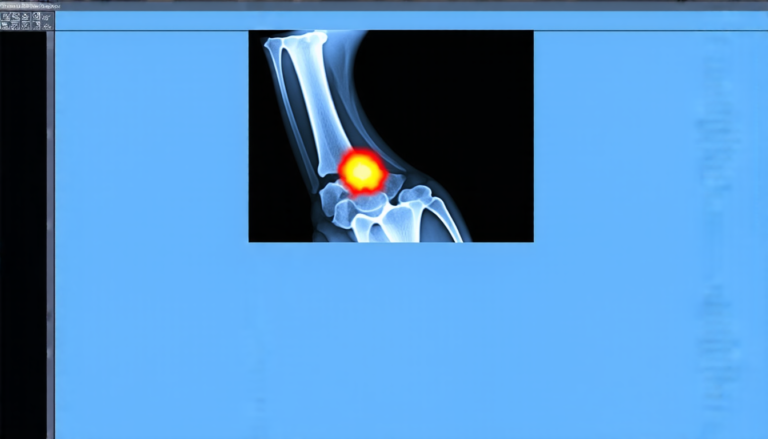Saturday 29 March 2025
The quest for speed and efficiency in computing has long been a driving force behind technological advancements. In recent years, researchers have made significant strides in optimizing code for various types of processing units, from central processing units (CPUs) to graphics processing units (GPUs). However, the journey is far from over, as a new paper reveals that there’s still much room for improvement.
The authors of this study have been exploring ways to boost performance by manipulating data structures. Specifically, they’ve focused on arrays of structures, which are common in scientific computing and simulation. These arrays store large amounts of data, such as particles or mesh cells, and are often used in applications like climate modeling, fluid dynamics, and astrophysics.
The challenge lies in the way these arrays are laid out in memory. Different arrangements can lead to varying levels of performance, with some configurations yielding significant speedups while others result in slower execution times. The researchers have developed a novel approach that enables developers to control the layout of their data structures more effectively, allowing for better optimization and improved overall performance.
Their method involves introducing annotations into the code that guide the compiler’s decision-making process. These annotations serve as hints, telling the compiler which data structure layouts are most suitable for specific algorithms or processing units. This approach allows developers to fine-tune their code without needing extensive knowledge of low-level memory management or parallel computing.
To demonstrate the effectiveness of this technique, the researchers conducted a series of experiments using a popular scientific simulation code. They compared the performance of different data structures and compiler configurations on various hardware platforms, including CPUs and GPUs. The results showed that the annotated approach consistently outperformed traditional methods, with some cases exhibiting speedups of up to 20%.
The implications of this research are far-reaching. As computing demands continue to grow, developers will need more efficient ways to manage data structures and optimize code for diverse processing units. This novel approach provides a powerful tool for achieving better performance, making it an essential addition to the toolkit of any serious developer.
In addition, the researchers’ findings have significant implications for the field of scientific simulation. By enabling more effective optimization, this technique can accelerate the pace of discovery in areas like climate modeling, materials science, and medicine. As scientists increasingly rely on simulations to drive their research, every speedup counts, and this breakthrough has the potential to make a real difference.
Cite this article: “Optimizing Data Structures for Faster Computing”, The Science Archive, 2025.
Data Structures, Performance Optimization, Compiler Annotations, Memory Layout, Scientific Computing, Gpu Acceleration, Cpu Optimization, Parallel Processing, Simulation Code, Computational Efficiency







